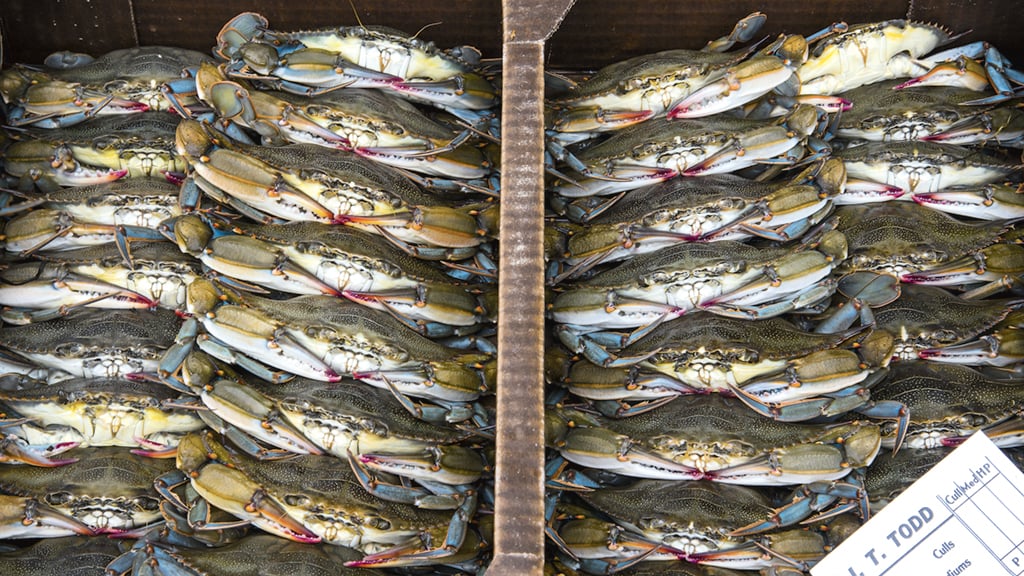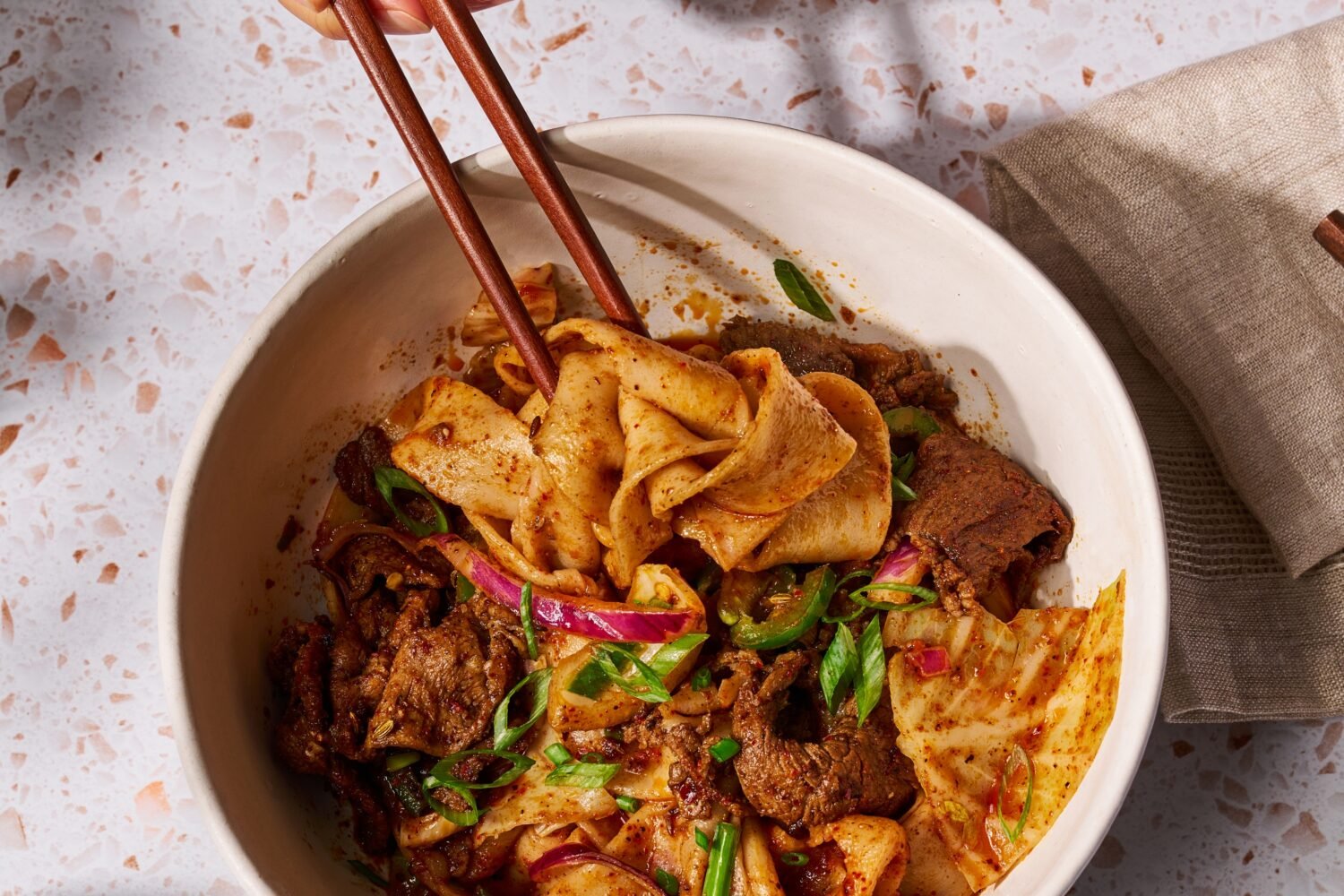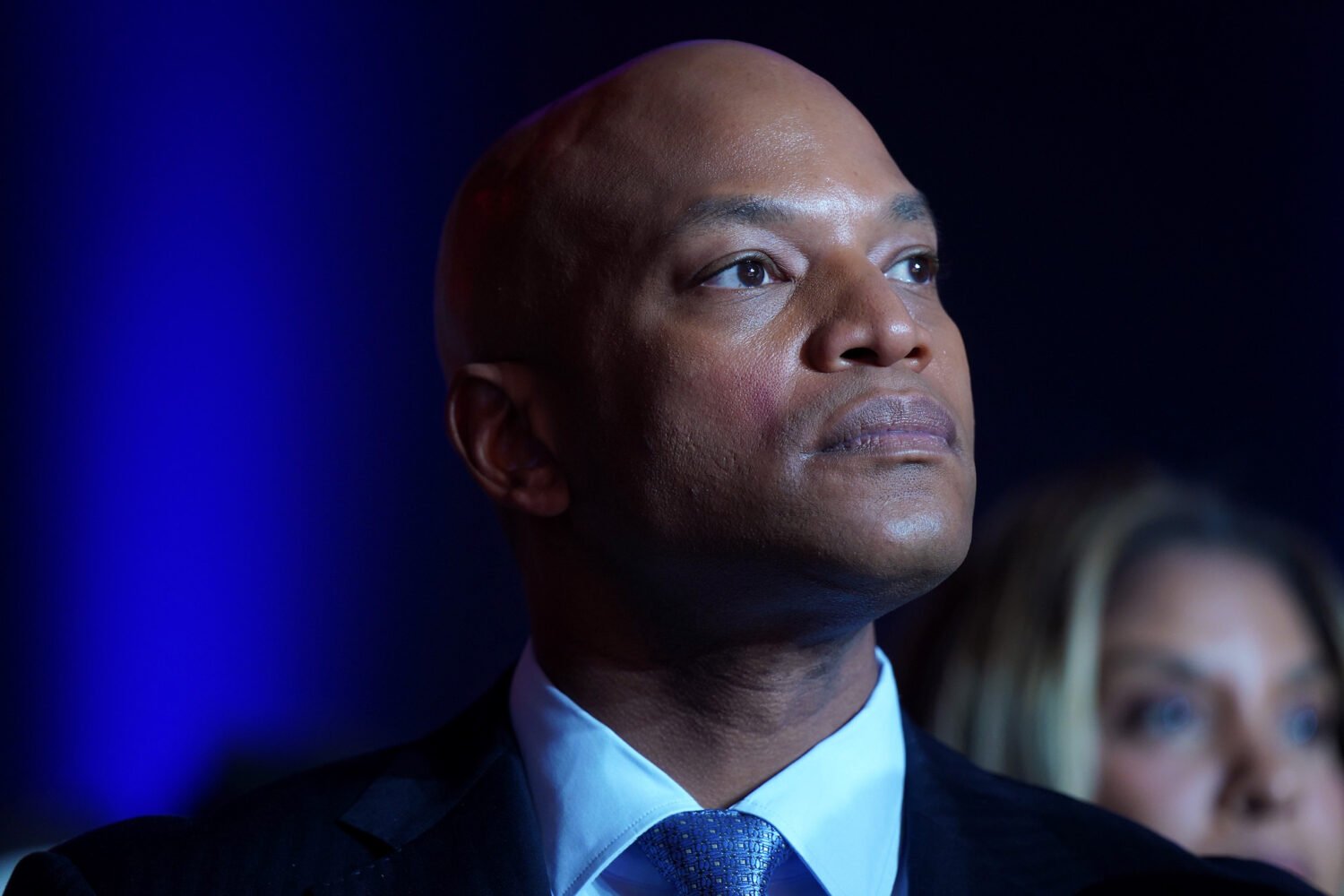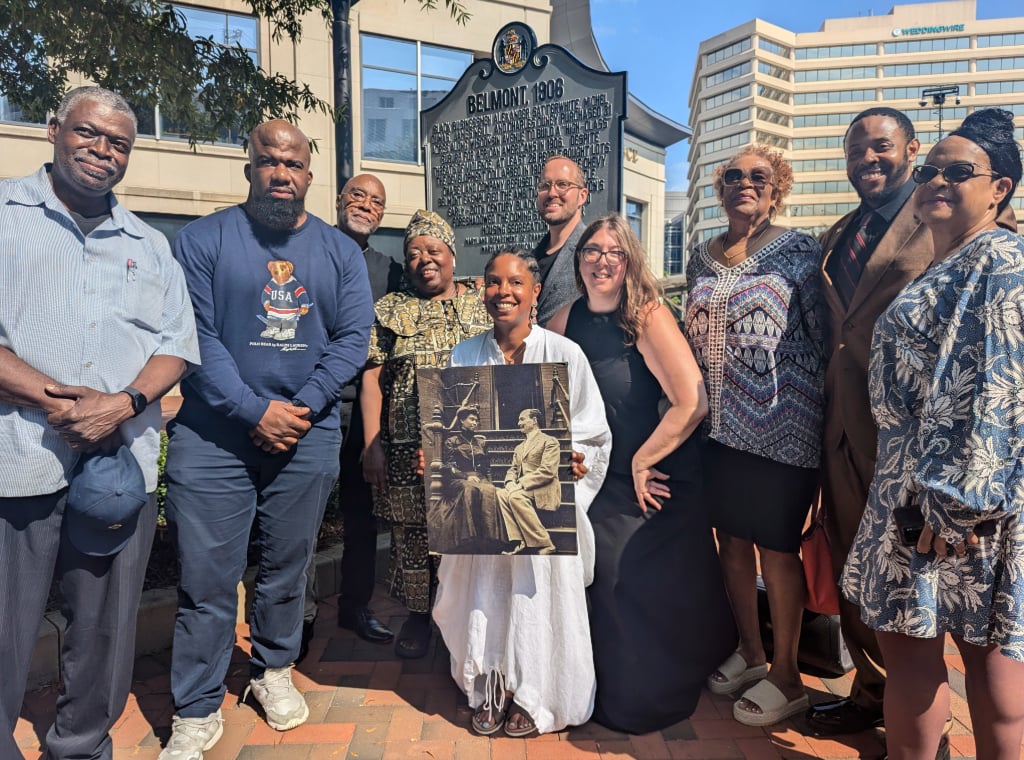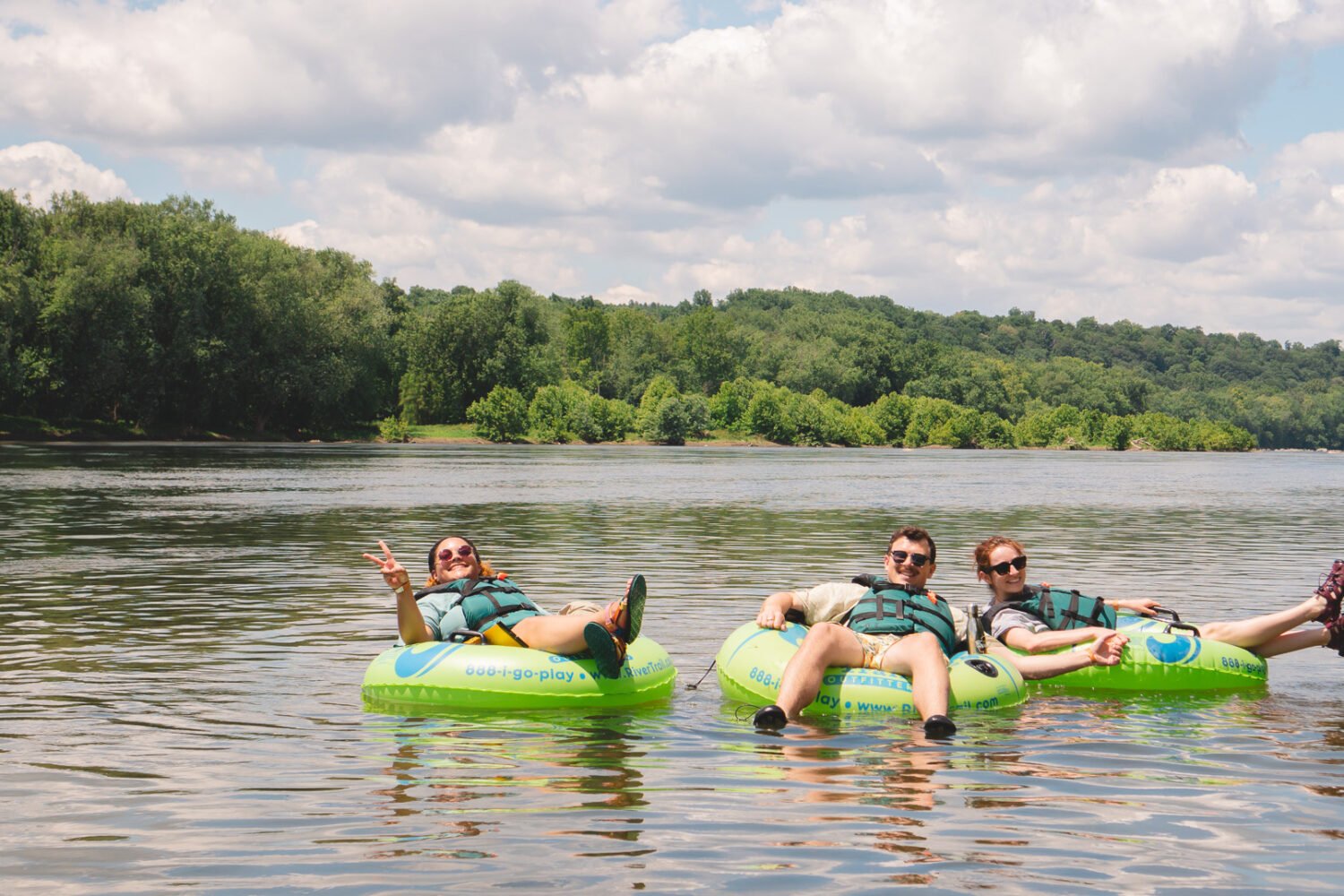Seafood traceability is a global concern—and the bay isn’t exempt: The crab on Chesapeake menus may come from elsewhere in the country, or might be an entirely different species from Asia. Here are a few tips for determining whether the crab you’re eating is local.
Know your species
Callinectes sapidus, Atlantic blue crab, is harvested from the bay as well as the Carolinas and the Gulf. The usually cheaper Portunus pelagicus, Asian blue swimming crab, is imported. Beware ambiguous descriptors such as “blue crab” (versus “Chesapeake blue crab” or “local blue crab”) and, in preparations like crabcakes, “Chesapeake-style.”
Know your seasons
Legally, the Chesapeake crab harvest runs from April to mid-December, with the fattest, heaviest crabs typically arriving in late summer/early fall. Those Memorial Day–weekend jumbos? Likely not local.
Know your sources
Buying directly from Chesapeake fishermen—many of whom operate seafood stalls (see page 109)—usually ensures a local yield. The Maryland Department of Natural Resources’ True Blue program lists certified restaurants. Another sign: closing in the off-season. Locked doors in winter don’t guarantee a local catch in summer, but the chances are better.
This article appears in our July 2016 issue of Washingtonian.

